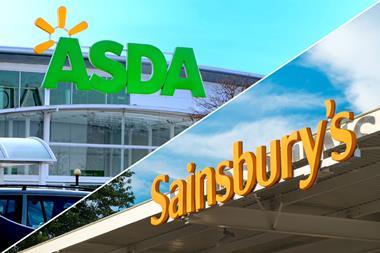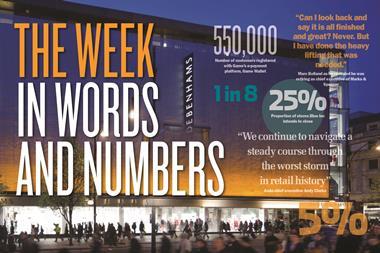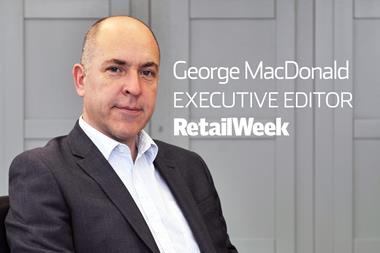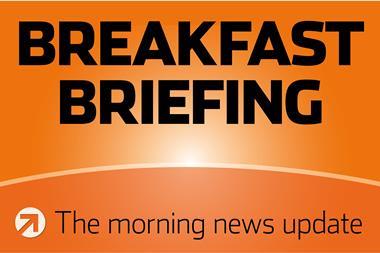The demise of Woolworths keeps reverberating around the retail trade. The single-price stores benefited on two counts: picking up ex-Woolworths customers and acquiring former Woolworths stores in good locations at favourable rates.
99p Stores, the second largest such chain after Poundland, has been a major beneficiary. Having begun to take off in the early to mid-2000s,
the business broke into profit from 2007/08. In the year to January 2010, sales rose by more than 60% to £183m, with operating profit more than doubling to almost £2m, giving an operating margin of 1.1% - still modest, but the highest yet. The business now has some 130 shops but its new distribution centre at Northampton can support up to 400.
It has launched a mixed-price variety store format intended for retail parks, taking advantage of the good terms available on these larger units. 10 Family Bargain stores are planned by Christmas, although the management has been prone to exaggerate about 99p Store opening rates. The sub-segment is beginning to look a little crowded, with a similar move by B&M Retail last month and Poundstretcher and Wilkinson also seeking to capitalise on the gap in the market. TK Maxx, Matalan and TJ Hughes are also deemed to be wider-market competitors, to say nothing of Tesco and Asda.
The core 99p Store format remains distinctly immature, with low margins, but it plans to quadruple store numbers to 600 eventually, aiming for sales of £1bn by 2016, nearly six times the 2010 level. This does raise questions. Will management resources be sufficient? Will the VAT hike make things more challenging for the single-price retailers? Who will provide the investment? So far, so good - but there is clearly a long and more complicated journey ahead.
- For comprehensive analysis of every top 175 retailer in the UK, visit Retail Week Knowledge Bank at rwkb.retail-week.com.




















No comments yet